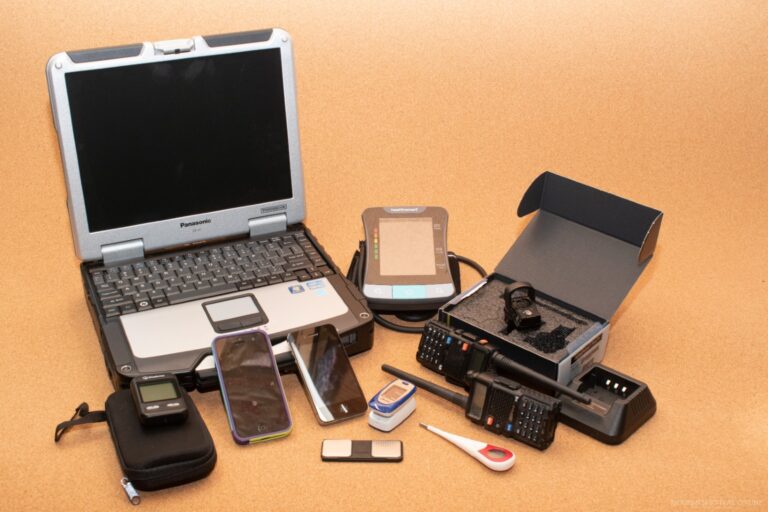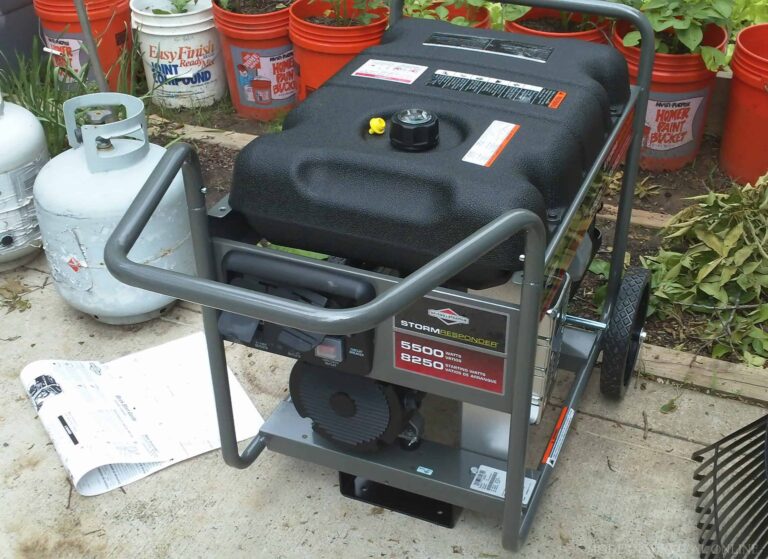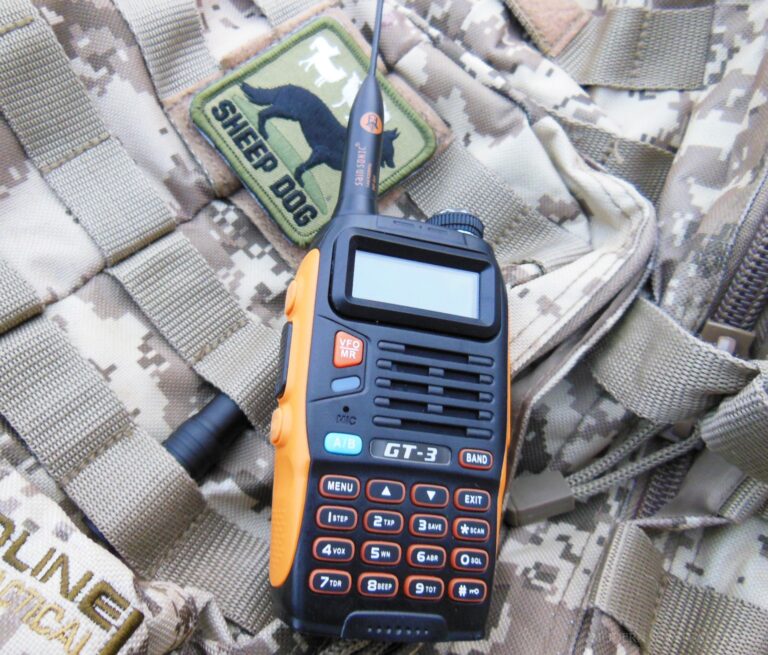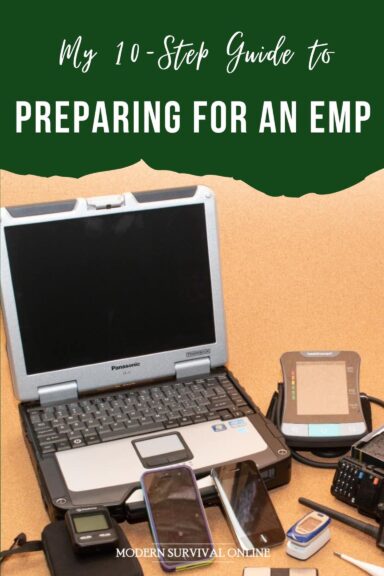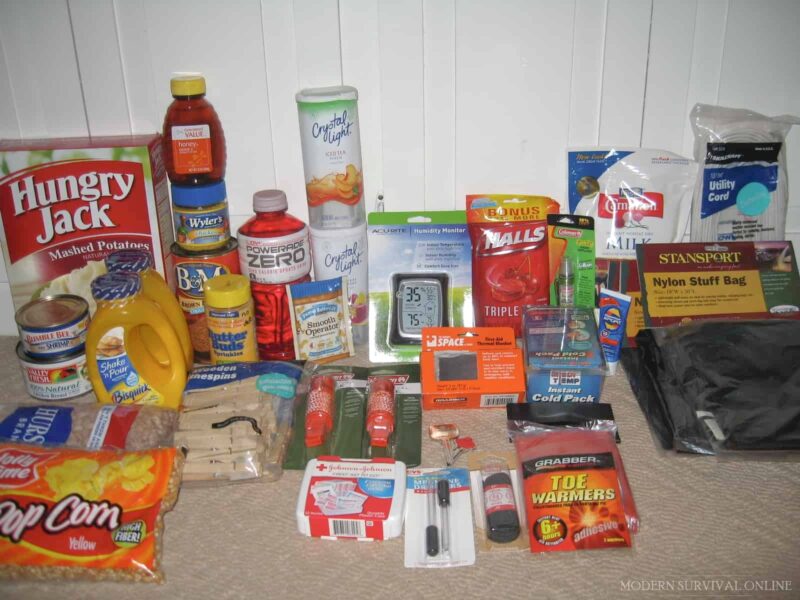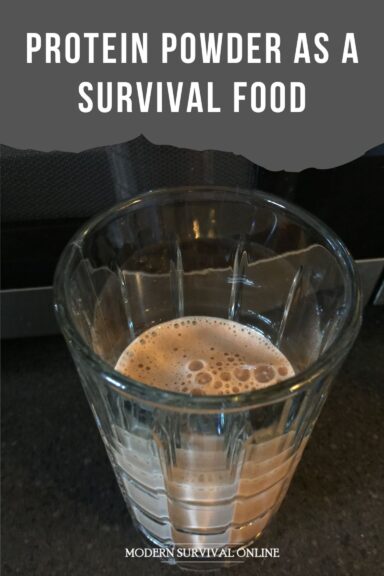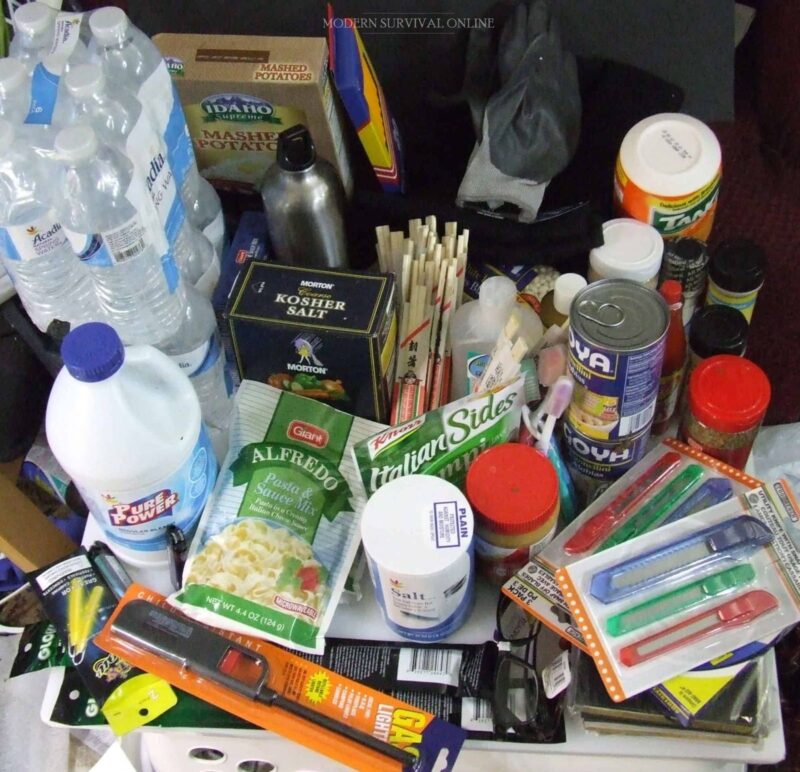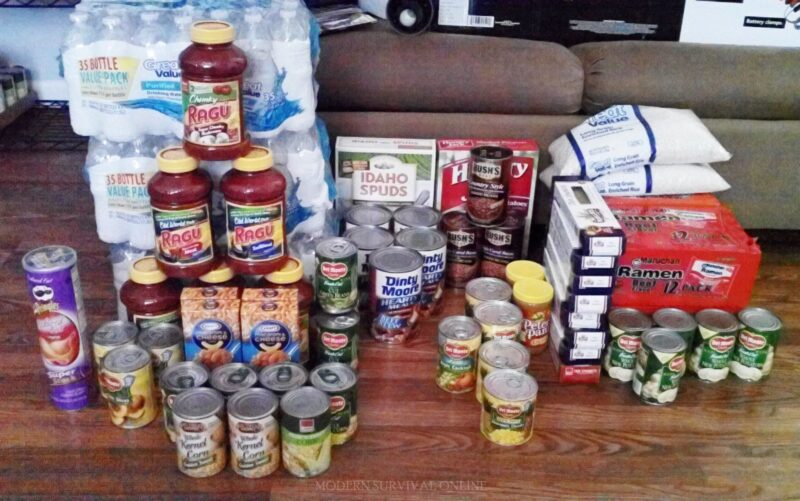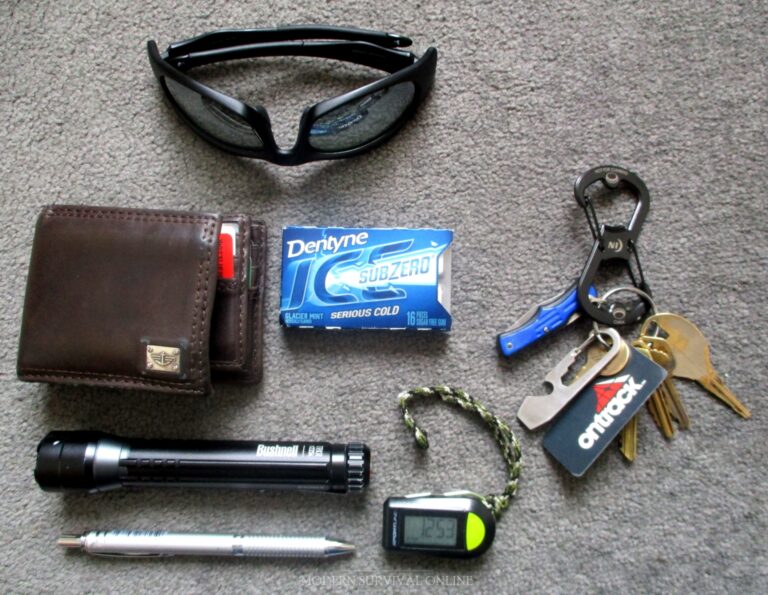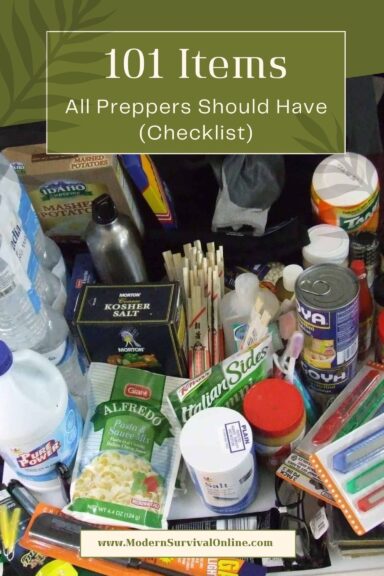Ask any prepper these days what sort of mega-disaster they are worried about these days, and they’ll probably tell you it’s an EMP.
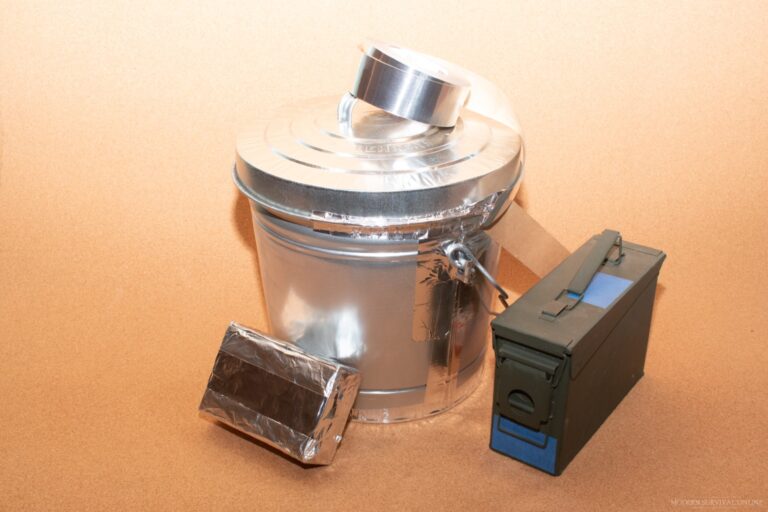
A powerful EMP can disable, damage, or even completely destroy electronics, appliances, and anything else plugged into the power grid. It’s also highly likely to destroy the power grid itself!
Plenty of folks worry about nuclear EMPs, but there are other natural sources, like powerful solar storms or coronal mass ejections.
As huge and seemingly unavoidable as these events seem, you don’t have to just sit there and pray. It’s possible to prepare for them by protecting your electronics and gear using Faraday cages.
A Faraday cage is just a conductive enclosure that will block the destructive energy of the EMP. Several related industries make fortunes selling specialized Faraday cage kits and complete units, but you can save a bundle by making your own.
Keep reading, and I’ll tell you about the items that can serve as fully functional Faraday cages.
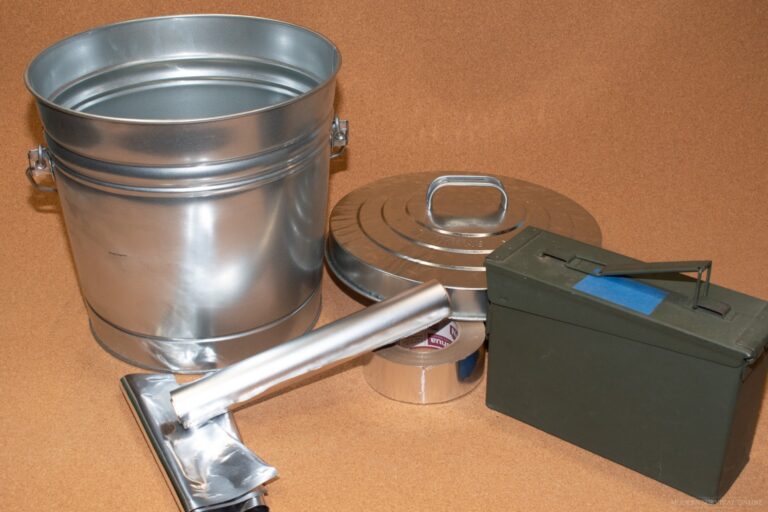
Metal Trash Can with Lid
This is one trick that pretty much all preppers know about already, and it’s a good one…
You can take a galvanized metal trash can, one with a snug-fitting lid, and use that as a ready-made Faraday cage for protecting gear like large electronics, tools, chargers, and the like.
Now, obviously, you’d be wise to use a clean trash can, and you also can’t just toss your stuff in there and forget about it. You’ll need to insulate the interior or at least set your sensitive gear on something insulating so it’s not in contact with any of the exposed metal.
I like to use foam for this purpose, but I know folks who have used wood, cardboard, molded plastic, and other materials.
And make sure that the lid fits tightly. If there is slop, it can let some of the destructive energies leak inside and damage your stuff anyway. Build up the fit to the rim using aluminum foil if you have to.
Metal Paint Bucket
A paint bucket is another great option for a ready-made cage, and it works on the same principle as the metal trash can above, just on a slightly smaller scale for smaller gear. They’re compact, cheap, stackable, and can be a good portable solution if you are on the road and worried about an imminent EMP threat.
Paint buckets can be repurposed from actual, used paint buckets or purchased clean for the purpose.
I prefer spending a couple of bucks to save over an hour’s worth of time versus cleaning up a used one, and used buckets also have a drawback: if they are dented, punctured, or if the lid no longer fits tightly, the protection could be compromised.
As with the trash can above, you need to insulate the interior to keep vulnerable items out of contact with the metal walls, bottom, and top. Foam, wadded packing paper, and other sturdy but light and thin materials work pretty well.
Don’t forget to put some on the top too, and keep in mind that this will eat up your internal volume somewhat, which will affect how much you can store.
Holiday Popcorn and Cookie Tins
This is one of my favorite repurposed Faraday cages, and one that I see preppers constantly forget about.
Well, maybe they don’t forget about them, and their grandmas just get them first for their sewing and knitting supplies… I’m kidding, but make sure Grandma’s got what she needs before you take one of these for your project.
Basically, these tins work very much like the trash cans above, just in a different shape and scale. Most of them are still stackable, and they have the added benefit o having tightly fitting lids as a rule.
I use these particularly for storing flat, vulnerable electronics like data drives, phones, and things like that. Same as before, insulate the interior and ensure that none of your gear is touching any exposed metal on the inside or this will all be for naught!
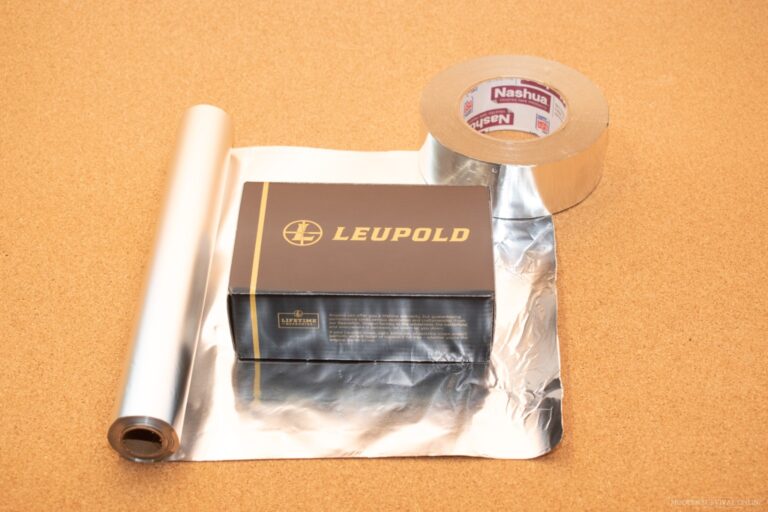
Cardboard Box and Foil
Believe it or not, you don’t even have to start out with a metal container to make a Faraday cage from common supplies. A sturdy cardboard box that’s carefully lined with a thick layer of aluminum foil on the outside might well be all you need.
Aluminum foil is, after all, a solid sheet and it is made out of conductive material that should easily be able to defeat all but the most powerful and nearby EMPs.
The cardboard itself is also a fair insulator, but you’ll still want to insulate the interior of whatever box you choose as detailed above.
I recommend you attach the foil using a spray-on or roll-on glue that’s good for the purpose, and take care to keep it as flat and uniform as possible.
Tears will ruin the protective value, and as you might imagine, you’ll have to treat this container with kid gloves because aluminum foil is so easy to tear.
That’s a downside, but if you need Faraday cage protection quickly and very cheaply, you can do a lot worse than this.
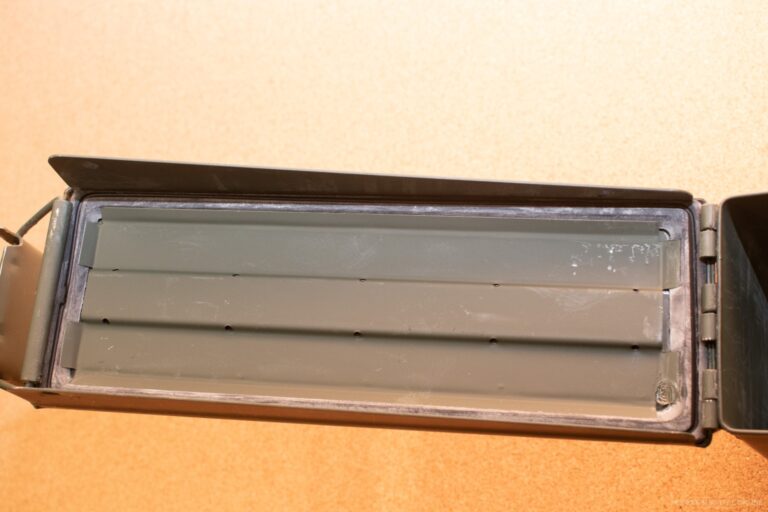
Metal Ammo Can
Something that I just know a lot of preppers reading this already have on hand in abundance, the metal, military ammo cans that we all know and love can be a perfect small and portable Faraday cage.
You’re probably starting to get the picture by now. It’s just a metal container of a different kind and shape. Accordingly, subjected to the same scrutiny that we’ve already used on the other container types.
Make sure the lid fits very tightly, and that there are no punctures or holes, and insulate that interior so your electronics aren’t touching bare metal.
Something to keep in mind is that many of these ammo cans, particularly US and NATO ones, have a heavy gasket between the lid and the rest of the can.
You might want to put a layer of aluminum foil around the joint where the lid meets the can just in case it’s possible for some of the energy from the pulse to sneak in that way.
Metal Storage Cabinet / Locker
A large metal storage cabinet or locker is a workable Faraday cage, but one that will need some attention from you before it’s ready to use…
Most of these units have holes or gaps. Holes might be left over from the manufacturing process or slots used to adjust shelves on the inside. Doors typically have a fairly substantial gap at the top and bottom.
Deal with holes by welding over them or tightly covering them with aluminum foil or other sheet metal products. The door gap can be shored up like everything else on this list by using a layer of aluminum foil to increase positive contact.
Then all you have to do is put down a layer of foam, cardboard, or something else on the shelves inside to set your gear on. Once you have it set up right, this is a highly convenient option that you can leave in place.
Galvanized Metal Piping
If you don’t mind the extra weight and it being unable to effectively stack, galvanized metal piping of various sizes can be used to good effect.
It has a major advantage in that threaded caps tend to fit very snugly with precious little room for EMP energy to find its way inside, and the pipes themselves tend to be quite durable. You can improve protection even better by using thin foil or metal thread tape on the threads before screwing on the cap.
One drawback to galvanized piping is the fact that the volume inside is pretty low, and gets even lower when you insulate the items that you’re storing. Large diameter pipes that can hold more stuff get quite heavy and pricey quickly.
Metal Mesh
Fine metal mesh, of the type used to cover windows and screen doors, or sometimes used as a sieve for water tanks, can be repurposed to make small or large-scale Faraday cages.
You can line a box with it as you would with aluminum foil, or make a frame with wood and then make a screened enclosure. This is a great way to protect larger items like vehicles, generators, and more. Just make sure you have protection on the bottom, too!
This mesh material tends to be pretty tough, but it is easily damaged and gets worse quickly once it has taken damage.
Of more concern is the fact that this stuff has not been tested against real deal and very powerful EMPs. Some experts suggest that EMP energy could squirt through the tiny gaps in the mesh, but others claim that it is small enough to prevent this.
Time will tell, so if you are in doubt, use a double layer for extra insurance.
RFID Blocker Bags
When you visit an external link on this page and then make a purchase, I may earn a commission. Read my full advertising disclosure here.
If you have any of that specialty travel luggage that is designed to protect your phone, credit cards, and more from skimmers and other electronic subterfuge, rest easy because these things work wonderfully as Faraday cages. And that’s because they are!
Anything that will completely block cell and radio signals from getting out or in should stop the energy from an EMP cold.
These bags and other containers are great because you know they are purpose-designed to do exactly this.
And, assuming your gear is inside, and the luggage is closed, then you should be good to go. No fuss, no muss. Best of all, these are highly portable by design and very durable for what they are.
The downside is that they’re expensive, and you’re not going to be protecting larger gear with this travel-on-style luggage. Still, if you’re only worried about some small stuff and the cost is no object, I wouldn’t hesitate to get a few just for this purpose.

The post 9 Things That Can Make a Functioning Faraday Cage appeared first on Modern Survival Online.
via Modern Survival Online https://ift.tt/kFoSptU

